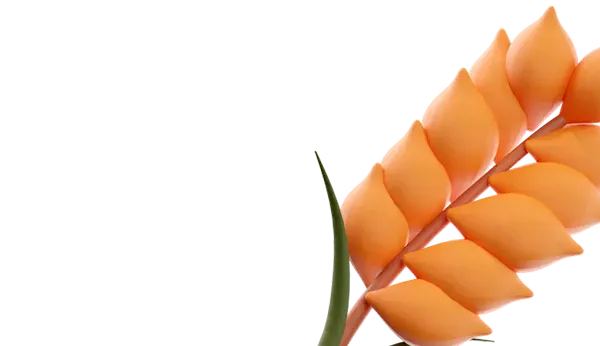For their research, a team of scientists from the Technological University of Inner Mongolia and the Inner Mongolia Agricultural University selected 4 different types of plants: corn, millet, soybeans, and potatoes.
They developed a quantitative assessment structure using five key indexes: nitrogen fixation, wind erosion control, root reinforcement, water erosion control, and water conservation. These indexes were used to calculate the suitability index values for each type of crop.
The research was conducted in the Zinshuihe district, located within the Inner Mongolia Autonomous Region, China, which is characterized by a unique climate and terrain.
This region is influenced by a continental interior climate with weakened atmospheric phenomena. Such conditions, combined with insufficient rainfall and high evaporation rates, create challenges for agriculture.
The selection of crops for cultivation in such conditions requires a careful analysis of the functional characteristics of plants and their interactions with the surrounding environment.
The research results showed that corn and millet are the most suitable for cultivation on slopes in sandy and arid areas, while soybeans and potatoes are less suitable due to their root structures.
Corn showed high efficiency in nitrogen fixation, which is crucial for sustainable agriculture. Biological nitrogen fixation offers an alternative to synthetic fertilizers, while maintaining soil fertility.
The research results emphasized the importance of considering the characteristics of plant root systems when selecting crops for cultivation on slope agricultural lands.
Corn and millet, with their extensive roots, proved to be the best in soil conservation and erosion resistance, while soybeans and potatoes have shallower roots, making them less preferable for these conditions.
Thus, corn and millet emerged as the best crops for cultivation in complex agro-ecological zones, providing soil stability and high yields.















